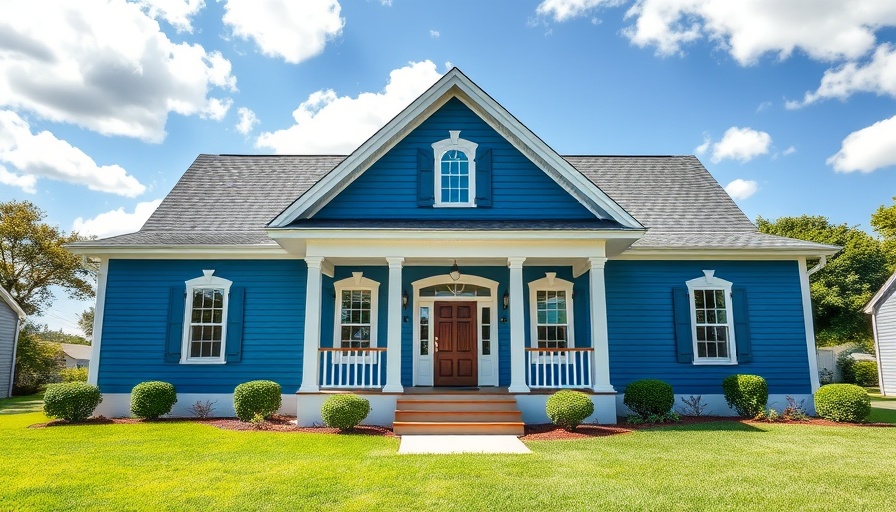
Why Smaller U.S. Metros Are Attracting Millennials
The landscape of American cities is transforming, with Millennials increasingly flocking to smaller metropolitan areas. The trend reveals a significant population shift, as research has shown that since 2020, younger generations have gravitated towards cities with fewer than 1 million residents—places offering the promise of affordable living, job opportunities, and enhanced quality of life. In this new reality, Millennials are prioritizing space and lower costs, which are often found outside the hustle and bustle of major metropolitan centers.
Bismarck: A Model for Affordability and Stability
Bismarck, North Dakota, stands out as a leading example. With living costs running 10% lower than the national average, it's not surprising that this city is beginning to flourish. An impressive unemployment rate of just 1.9%, along with a healthcare coverage rate of 78.6% for Millennials, makes Bismarck an ideal location for those starting families or careers. Moreover, its economy relies on stable industries like government and healthcare, ensuring job security.
Midland: A Booming Hub for Young Professionals
On the heels of Bismarck, Midland, Texas, paints a similar picture of success. Boasting a Millennial population nearing 28%, it showcases the highest concentration of young adults in the study. Renowned for its energy sector, Midland thrives in the heart of the oil-rich Permian Basin, providing abundant job opportunities. The robust economy not only attracts Millennials but also sustains their growth in the area.
The Value of Smaller Cities
The financial advantages, combined with strong local economies, make these mid-sized metros appealing to the younger workforce. As cities adapt to meet the needs of this demographic, the focus on community ties, affordable living, and diverse employment is transforming how Americans define success.
Looking Ahead: The Future of Living for Millennials
As more Millennials recognize the unique benefits of living in smaller metros, expect these cities to continue evolving. By fostering environments that appeal to younger generations, cities like Bismarck and Midland are not just surviving but thriving, potentially influencing national trends in urban and suburban living.
 Add Row
Add Row  Add
Add 




Write A Comment